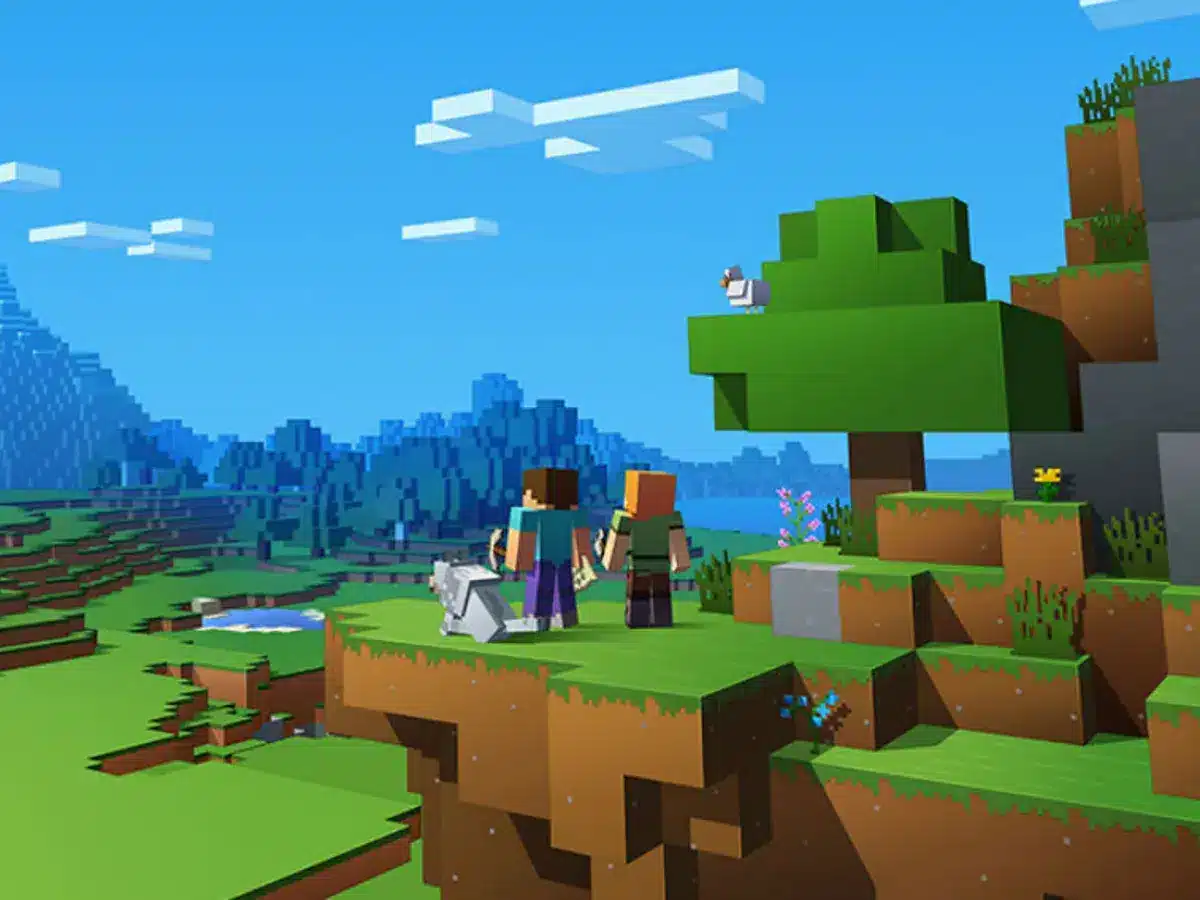Minecraft is a popular sandbox game that relies heavily on multiplayer gameplay. When playing online, one crucial factor that can significantly impact your gaming experience is the ping speed. Ping speed refers to the time it takes for data to travel between your computer and the Minecraft server. In this article, we will explore what constitutes a good ping speed for Minecraft and discuss ways to optimize it for a smoother and more enjoyable gaming experience.
What is Ping Speed?
Ping speed, often referred to as latency, is the measure of time it takes for a data packet to travel from your device to the server and back. It is measured in milliseconds (ms). In the context of Minecraft, a low ping speed is desirable as it ensures minimal delay between your actions and their reflection in the game world. A good ping speed allows for smoother gameplay, faster response times, and reduces the likelihood of encountering lag or delays.
Importance of Ping Speed in Minecraft
Ping speed plays a critical role in multiplayer gaming, including Minecraft. It directly affects the responsiveness of the game, impacting how quickly your actions register in the virtual world. A high ping speed can lead to frustrating delays, making it difficult to interact with the game environment or engage in fast-paced activities. On the other hand, a low ping speed enables seamless gameplay, enhancing the overall experience and competitive edge in online matches.
Factors Affecting Ping Speed
Several factors can influence ping speed in Minecraft:
- Internet Connection: The quality and speed of your internet connection have a significant impact on ping speed. A faster and stable internet connection with low latency is crucial for achieving an optimal ping speed.
- Distance to Server: The physical distance between your location and the Minecraft server affects ping speed. Generally, servers closer to your geographic location tend to offer lower ping speeds.
- Network Congestion: High network traffic or congestion can increase ping speed. During peak hours or when multiple devices are utilizing the same internet connection, you may experience slower ping speeds.
- Hardware and Software Configuration: The specifications of your computer and the performance of your network hardware, such as routers and modems, can influence ping speed. Keeping your hardware and software optimized can lead to better ping performance.
Optimal Ping Speed for Minecraft
The ideal ping speed for Minecraft is generally considered to be below 100 milliseconds (ms). However, lower is always better. Ping speeds between 20-50 ms are considered excellent and provide a near-instantaneous response time. Anything below 150 ms is generally acceptable for most players, but higher ping speeds can result in noticeable delays and hinder the gaming experience.
How to Test Your Ping Speed
To check your ping speed for Minecraft, you can use online tools or dedicated ping-testing software. These tools send data packets to the server and measure the time it takes for them to return. By performing a ping test, you can assess the current ping speed of your connection.
Improving Ping Speed for Minecraft
If you’re experiencing high ping speeds in Minecraft, here are some tips to help improve it:
- Upgrade Your Internet Plan: Consider upgrading your internet plan to a higher speed or switching to a more reliable internet service provider (ISP) to ensure faster and more stable connectivity.
- Connect to a Closer Server: If possible, choose a Minecraft server located closer to your physical location. This reduces the distance that data packets need to travel, resulting in lower ping speeds.
- Reduce Network Congestion: Minimize the number of devices using your internet connection simultaneously. Close bandwidth-intensive applications or downloads that may contribute to network congestion.
- Optimize Your Hardware: Ensure your computer’s hardware is capable of handling Minecraft and other applications efficiently. Update network drivers, firmware, and optimize settings to reduce latency.
Tips for Reducing Ping in Minecraft
Here are some additional tips to reduce ping in Minecraft:
- Use Ethernet Instead of Wi-Fi: Wired connections tend to offer more stability and lower latency compared to wireless connections. If possible, connect your computer directly to the router using an Ethernet cable.
- Close Background Applications: Close any unnecessary background applications that may consume network resources. This helps free up bandwidth and reduce latency.
- Disable Peer-to-Peer Updates: Some games, including Minecraft, utilize peer-to-peer connections for updates. Disabling this feature can help reduce network traffic and improve ping speeds.
Best Practices for Ping Optimization
To optimize ping speed in Minecraft, follow these best practices:
- Keep Software Updated: Regularly update Minecraft and related software to benefit from performance improvements and bug fixes that can contribute to better ping speeds.
- Optimize In-Game Settings: Adjust graphics settings, view distance, and other game-specific options to find a balance between visual quality and performance. Lowering these settings can reduce strain on your system and improve ping speed.
- Use VPN Selectively: While VPNs can offer security benefits, they can also introduce additional latency. If you experience high ping speeds while using a VPN, consider disabling it while playing Minecraft.
Common Issues with Ping Speed
Some common issues related to ping speed in Minecraft include:
- Server Lag: Servers with high latency or inadequate resources may experience lag, resulting in delayed response times and gameplay issues.
- Network Congestion: Congested networks, especially during peak hours, can cause slower ping speeds and lead to lag in Minecraft.
- Hardware Limitations: Outdated or underperforming hardware, such as routers or network adapters, may contribute to higher ping speeds.
Conclusion
Ping speed is a crucial factor for a smooth and enjoyable Minecraft multiplayer experience. A good ping speed ensures minimal delays, faster response times, and seamless gameplay. By optimizing your internet connection, choosing closer servers, and following best practices, you can improve your ping speed and enhance your overall gaming experience.
FAQs
How does ping speed affect gameplay in Minecraft?
Ping speed directly affects the responsiveness of the game. A low ping speed ensures minimal delays between actions, allowing for faster and more fluid gameplay.
Can I improve my ping speed without upgrading my internet plan?
Yes, there are several optimization techniques you can try, such as connecting to closer servers, reducing network congestion, and optimizing your hardware and software.
Are there specific server settings that can improve ping speed?
While server settings alone may not significantly improve ping speed, choosing servers closer to your physical location can reduce latency and result in better ping performance.
Does a higher ping speed always indicate a problem?
Not necessarily. Ping speed depends on various factors, including your internet connection and the distance to the server. While lower ping speeds are generally desirable, higher ping speeds may still be acceptable for some players.
Are there any tools to measure ping speed on Minecraft?
Yes, there are online tools and dedicated ping-testing software available that allow you to measure your ping speed for Minecraft servers. These tools can help you assess your current ping performance.



